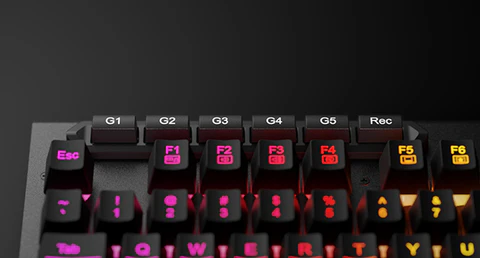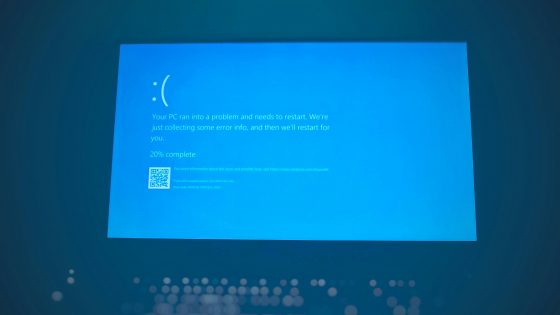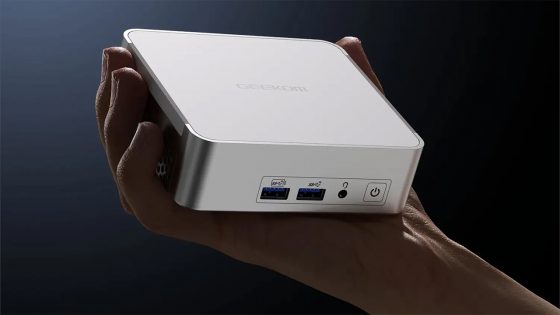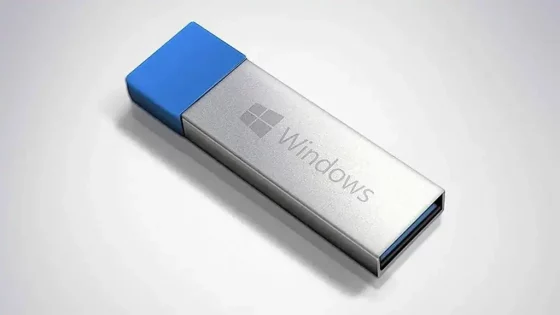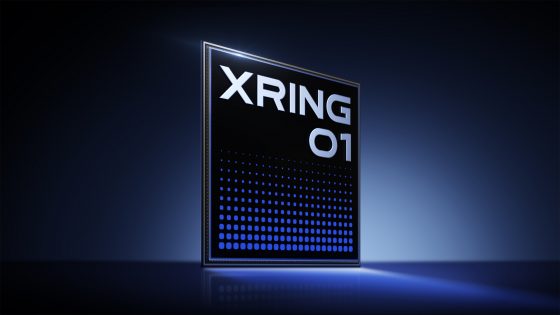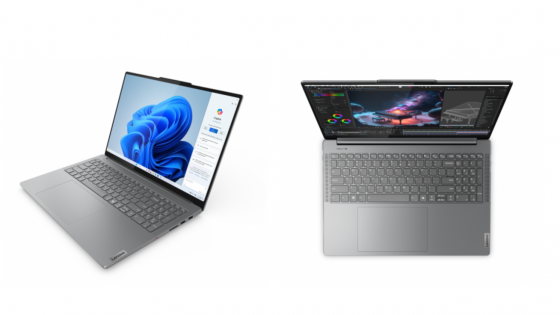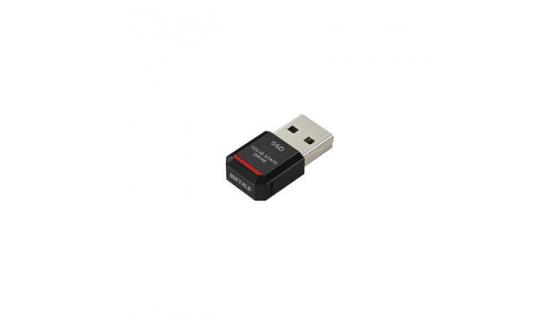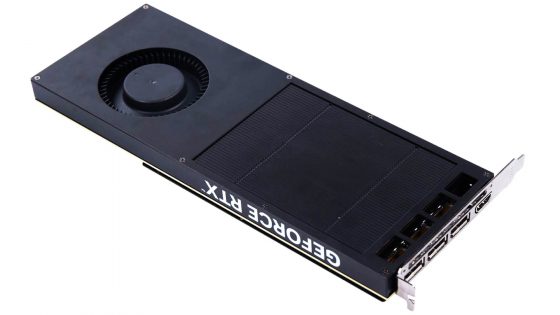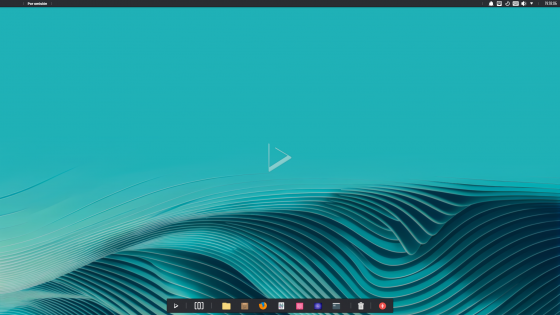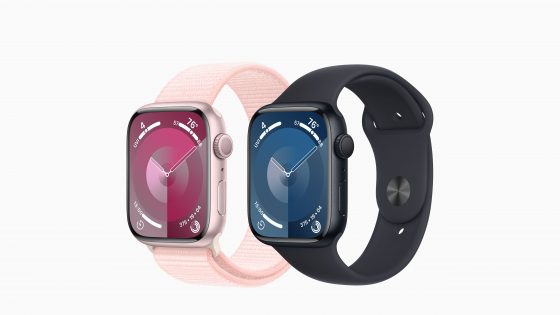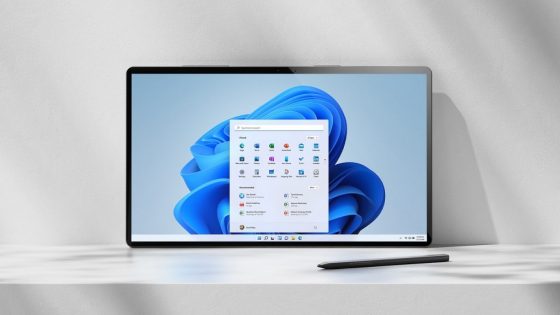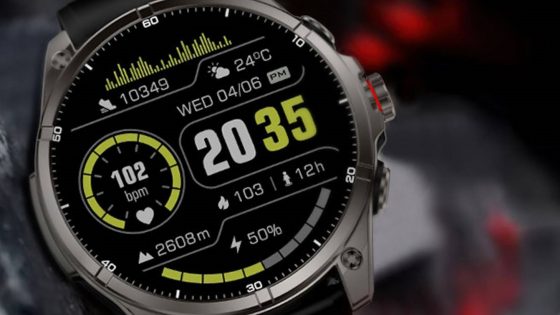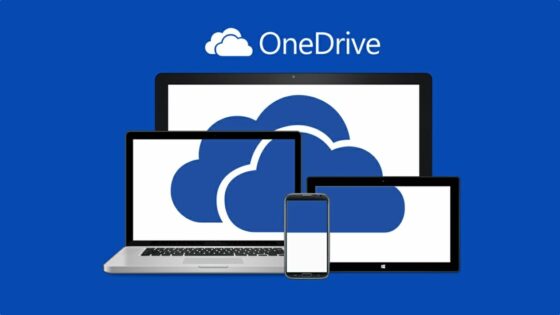What are macro keys? How and what can you use them for?

For many people, the keyboard ends at the Enter key, they do not use function keys, but they know the basic shortcuts for @, brackets and the like. What's more, it is already the domain of more experienced users. We would also like to see a survey of how many users have seen/used mini, tenkeyless and other unusual sized keyboards (65 %, 75 %...). In all likelihood, the numbers would be very low. Macro keys also fall into the category of obscure keyboard functions that users don't know about, don't need, or don't understand.
On the one hand, we understand them. Setting up macro keys isn't something you do in a few seconds, especially not the first one. When you are already familiar with the process and know what you want, everything is much easier and faster. Generic keyboards, which are sometimes included with the purchase of a pre-built computer, will most likely not have dedicated macro keys. Mechanical keyboards are more likely to have some space reserved for a macro, but again not as often. Macro and gamers are a common association, although macro keys are extremely handy for productivity tasks.
Macro keys are also found on mice, but much more rarely.
Well-known keyboard names (Razer, Logitech, Keychron...) in the applications offer the possibility of adding macro keys, if this function is not available, we have to use third-party programs, such as AutoHotKey, which is considered one of the most popular, and on top of that it is free and open source.
AutoHotKey can be much more advanced than standard macro keys. An experienced user can set up complex scripts that provide much better functionality than standard macros.
What are macro keys anyway?
First of all, it is necessary to clarify what a macro is. A macro is similar to a script because, like a script, it allows us to customize what will happen when we press a key or set of keys. We can set up macro scripts that, for example, will open a specific program when a macro key is pressed, insert your email address, and perform a series of actions in the game. Some games even have/had built-in macro scripts, a good example is the game Star Wars Galaxies, while others take a more strict approach to macro commands, and in some places they are even considered cheating.
Opinions are divided, but it's an undeniable fact that macro scripts can be extremely handy when it comes to repetitive tasks.
We mentioned keyboards of different sizes earlier. Macro keys are not only available on full-size keyboards, but also on more compact ones, but then it's more likely that the manufacturer has removed other, less important keys. They can also be found on laptop keyboards, especially on gaming keyboards.
Dedicated, physical macro keys are convenient because you can assign an entire macro/script to a single macro key instead of assigning it to a set of keys. If a manufacturer opts for dedicated macro keys, they don't just add one. You will recognize them by the label M/G (M1, M2, M3...), and they are mostly located on the very left side or at the top.
If the keyboard has macro keys, then it also has a program in which we can change macros. In most programs, you will already find some standard macros, but you can create your own.
Macro keys are not necessary for most, indispensable for others
If you venture into the world of macro keys without a clear goal of what you want to do with them, you will quickly tire of them and get sidetracked. Macro keys are by no means necessary for using a computer, but they can greatly facilitate and, above all, speed up tasks.
Since not every keyboard has dedicated macro keys, we'll show you how to create basic macro scripts using the free AutoHotKey program. If you have the will and time, you can check out their guide which will explain some of the basics to make it easier to understand.
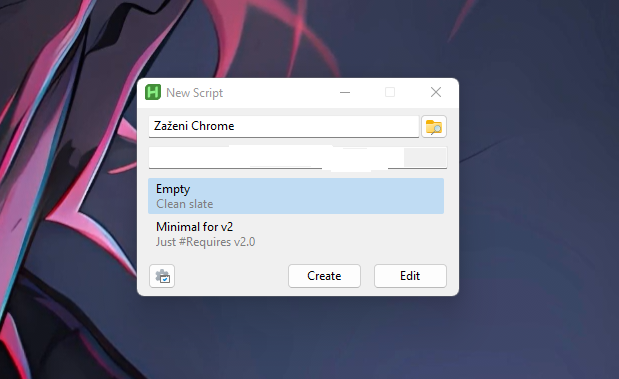
Install the latest version and on the new pop-up window click on New script. Name the new script and click on it Edit add features. Let's make a script so that when you click on the shortcut, the website www.racunalniske-novice.com opens. In the editorial department we use Notepad++, but you can stay with the classic one Notebooks.
Open the newly created script and add to it:
#w::
Run, https://www.racunalniske-novice.com
If you've watched the guide, then you know it's a sign # label for the key Windows, next to it is the letter w, which means that we have mapped the script to the Windows + w shortcut, but you can of course change this. Just be careful not to replace the already default shortcut, which can be useful. For example, Windows + r opens the Run terminal to quickly open any program/file, which is very useful for many.
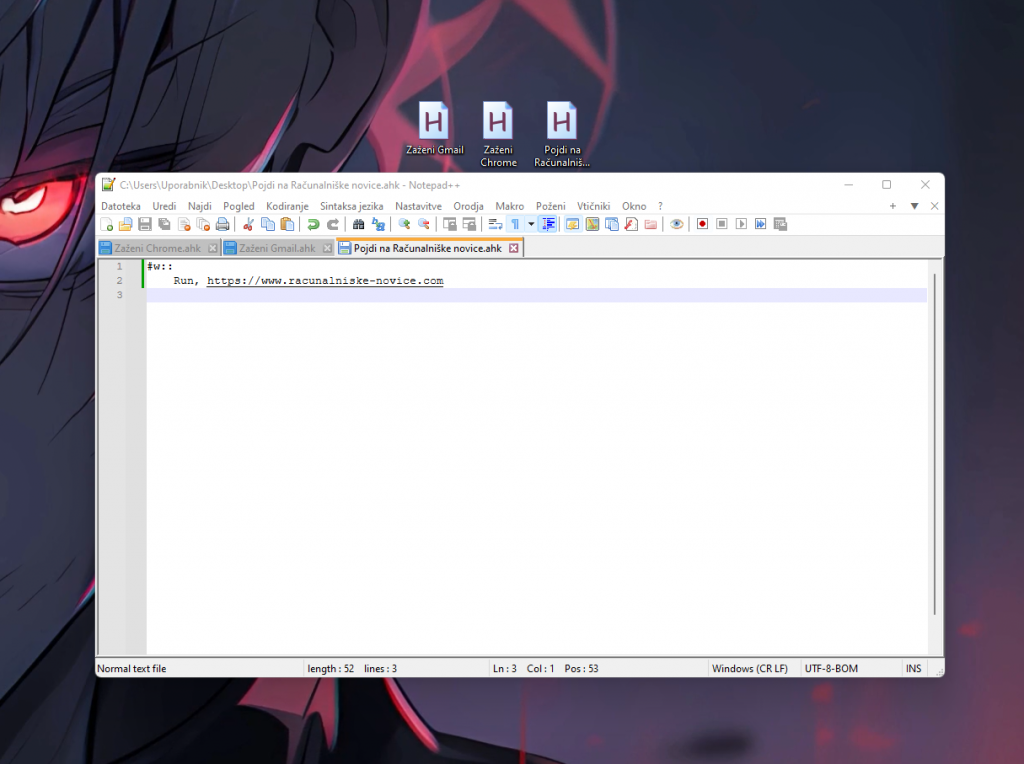
Command Runes is commonly used to launch programs, web pages, files, and the like. What follows is the address of the website we want to visit. To launch any program, such as Chrome, you must enter the address of the program instead of the website. Example: C:\Program Files\Google\Chrome\Application\chrome.exe
Save the script and test it for any errors.
We recommend that you take a look at the tutorial to help understand the various commands and symbols. Alternatively, you can try out scripts from other users who are willing to share them. The easiest way is to visit the AutoHotKey group on Reddit, where you will find quite a few useful scripts.
If you would like your scripts to run every time you start your computer, you will need to copy them to the Startup folder. In the Start menu, type Run it or use the shortcut Windows + r, type shell: startup and copy the scripts to the open folder. If you would like to turn off the scripts, you can already add a shortcut/key to the script itself to quickly turn it off, for example:
Esc::ExitApp ; Exit script with Escape key
Or delete the script and v To the task manager remove all AutoHotKey processes. You can also turn it off in the taskbar (bottom right) by right-clicking the mouse.
Similar scripts can also be found in other programs, for example in PowerToys, which we ranked among the best programs for revitalizing Windows. We've also used AutoHotKey in the past for an innocent prank, giving a colleague a key Space turned into a shortcut for a funny phrase.



